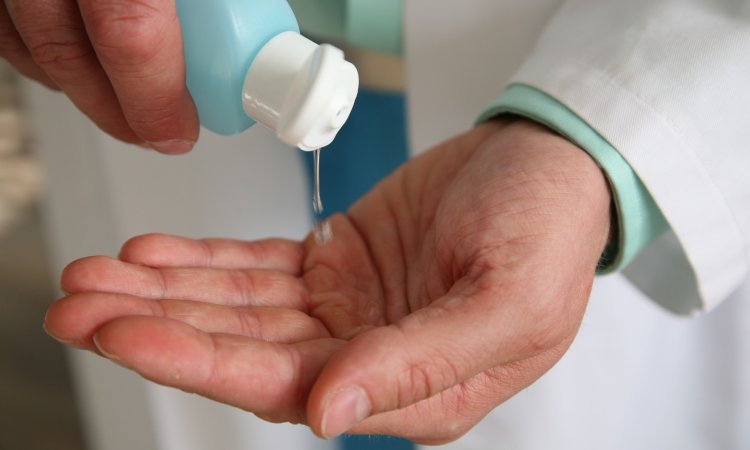The contact killer
Bacteria, viruses and fungi are killed on copper surfaces within seconds. This powerful germicidal effect, termed ‘contact killing’, is increasingly noted by hospitals due to several recent studies that confirm its antimicrobial effects.

These have shown the efficiency of antimicrobial copper against bacteria, viruses and fungi, including MRSA, Influenza A, Salmonella enteritidis, Vancomycinresistant Enterococcus faecalis (VRE) and many more pathogens. There is no single answer as to how contact killing works – because many mechanisms are involved in the process. Based on various studies it is assumed that copper-ions are released on the metal surface and these damage the cell wall and membrane. After copper-ions enter the nucleus, cell sap leaks through the opened membrane and the cell dies.
Hygiene potential – Toilet push buttons or handles, light switches and door handles can hold dangerous pathogens. The use of copper for these surfaces could break the transmission of hazardous germs. The downside? Time consuming implementation and the high cost of full copper surrogates.
New approaches – Innovative thin copper foils can be added to critical contact surfaces – even later. According to the manufacturers, assembly is quick and not costintensive, while the antimicrobial effectiveness is similar to other copper solutions. A recent feasibility study by the INM - Leibniz Institute for New Materials (Germany) – conducted with CopperProtect foils proved that a micro structuring of their surfaces led to an increased emission of ions, which makes these foils even more effective in killing germs than non-structured copper surfaces. The results, they conclude, indicate that there are even more possibilities for this technology. The research will continue – as will copper usage. Further details: www.copper-protect.com www.antimicrobialcopper.com/
10.07.2012





